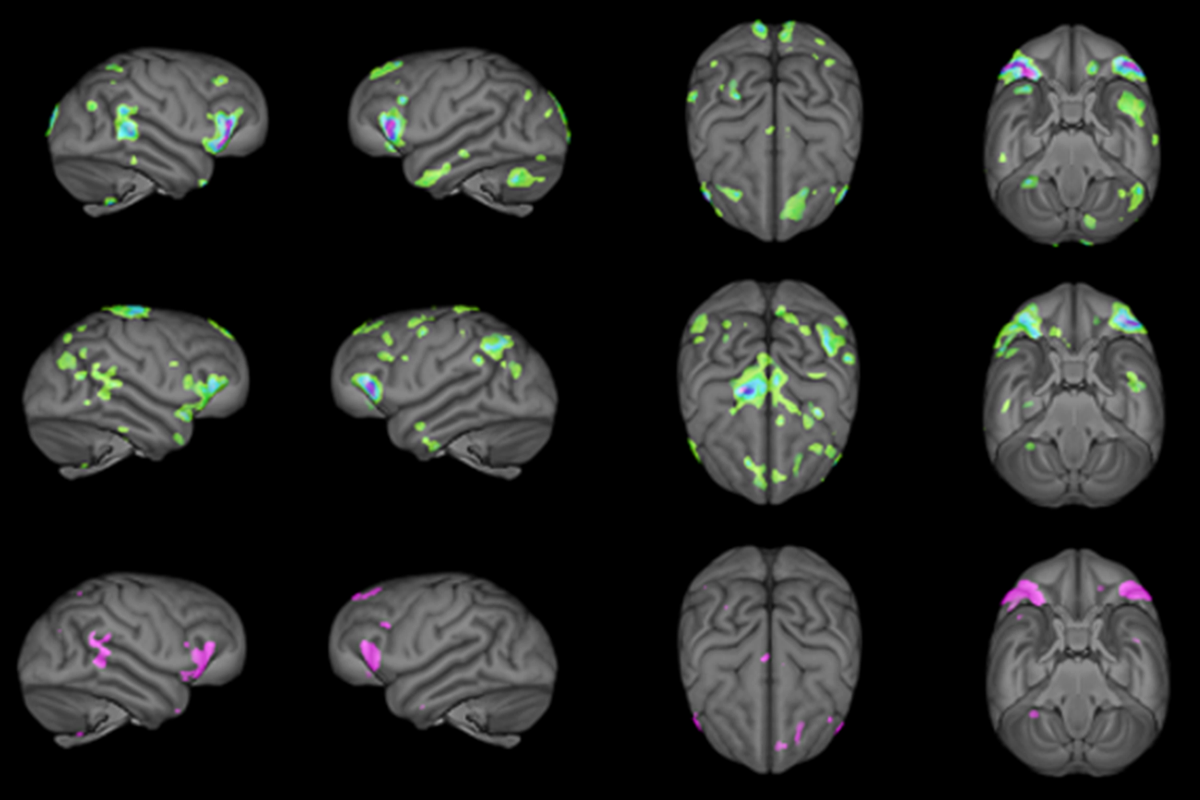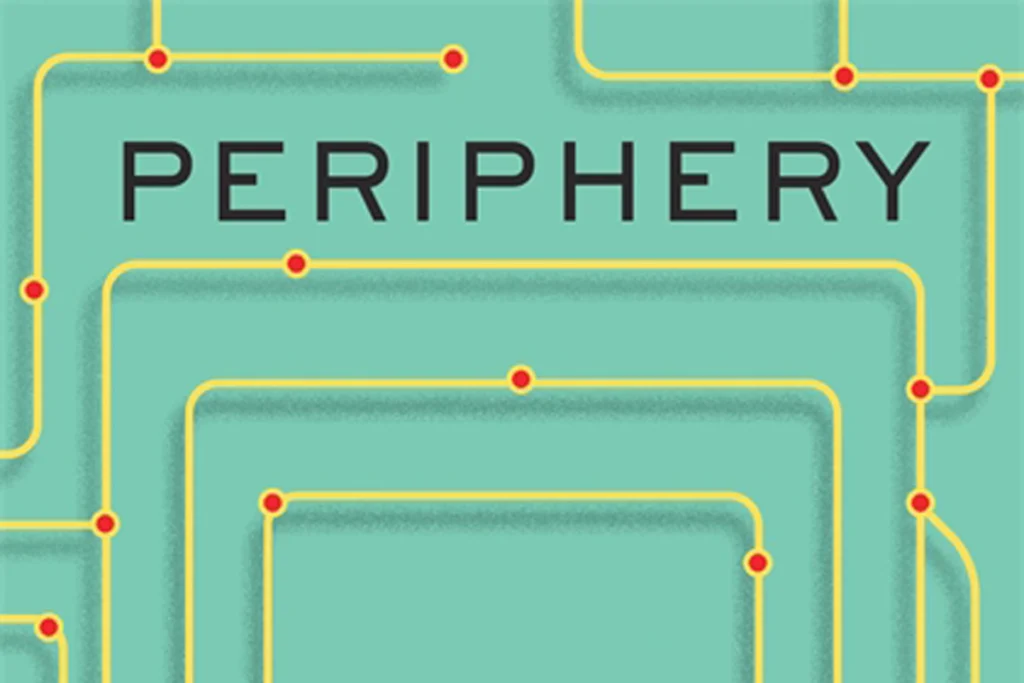- Joint attention in chimpanzees appears to be linked to gray-matter volume in five brain areas. Personality Neuroscience
- Blocking ryanodine receptors, which regulate calcium channels in muscle, ameliorates anxiety and repetitive behaviors in a rat model of autism. Basic and Clinical Neuroscience
- Rats missing the FMR1 gene, a model of fragile X syndrome, show opposing changes in neural-epileptiform activity in different parts of the hippocampus: increases in the dorsal region and decreases in the ventral region. Frontiers in Cellular Neuroscience
- Altered activity of GABA and dopamine neurons in the ventral tegmental area is linked to changes in social-reward behavior in SHANK3-deficient rats, according to a preprint. bioRxiv
- About half of U.S.-based autistic children who have Medicaid coverage are prescribed at least one psychotropic medication, according to a review of records from 2008 to 2016. Journal of Autism and Developmental Disorders
- Among autistic people aged 11 to 27, those in the 17 to 21 age group have the highest rates of emergency psychiatric visits, and those aged 22 to 27 have the highest rates of polypharmacy, according to a records review of a large university health care system. Autism in Adulthood
Joint attention in chimpanzees; FMR1 and epileptiform activity; probiotic therapy trial
Here is a roundup of autism-related news and research spotted around the web for the week of 1 January.
By
Jill Adams
2 January 2024 | 2 min read

Monkey see, monkey do: Gray-matter volume differences in chimpanzees are linked to joint-attention skills (top row) and extroversion (middle row), and share some overlap (bottom row).
- A clinical trial of the probiotic reuteri in 43 autistic children found improved social functioning but no change in other autism traits or in the microbiome. Cell Host & Microbe
- Mice that were separated daily from their mothers during infancy have increased expression in the hippocampus of inflammatory mediators associated with autism-like behavioral changes. International Journal of Developmental Neuroscience
- A U.S. federal court has ruled against allowing expert testimony about acetaminophen’s links to autism — when taken during pregnancy — because experts cherry-picked data. Spectrum covered previous events in the lawsuit last April. Reuters
- Infants who are later diagnosed with autism tend to have larger perivascular spaces in the brain than their non-autistic peers. Spectrum reported on increased cerebrospinal-fluid volume in August. JAMA Network Open
tags:
Explore more from The Transmitter

RNA drug corrects calcium signaling in chimeric model of Timothy syndrome
By
Katie Moisse
24 April 2024 | 5 min read

How to use race and ethnicity data responsibly in neuroscience research
By
Gina Jiménez
24 April 2024 | 6 min read
Cite this article:
